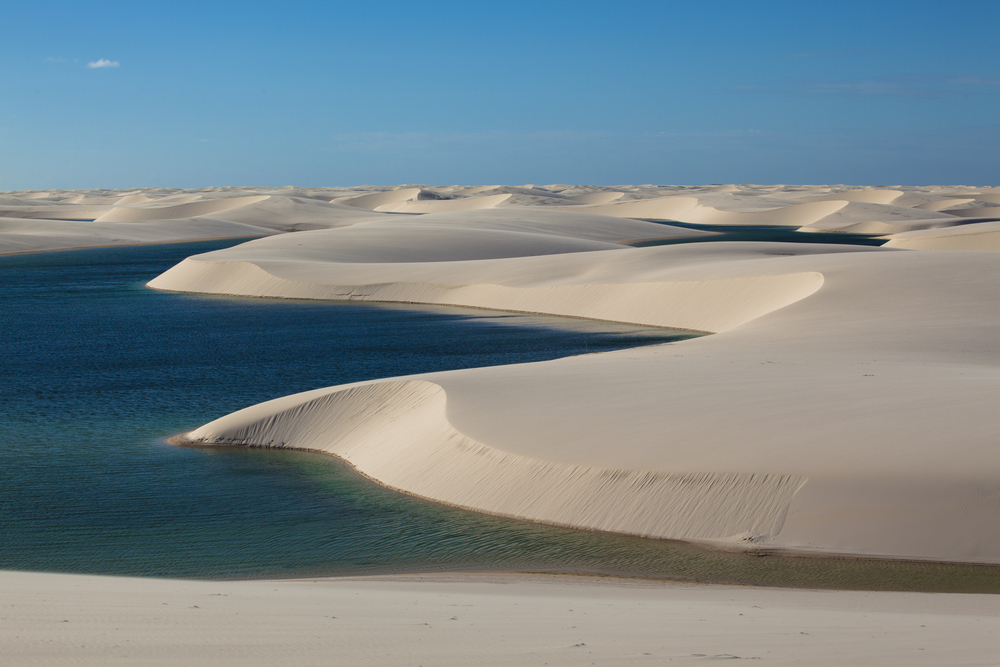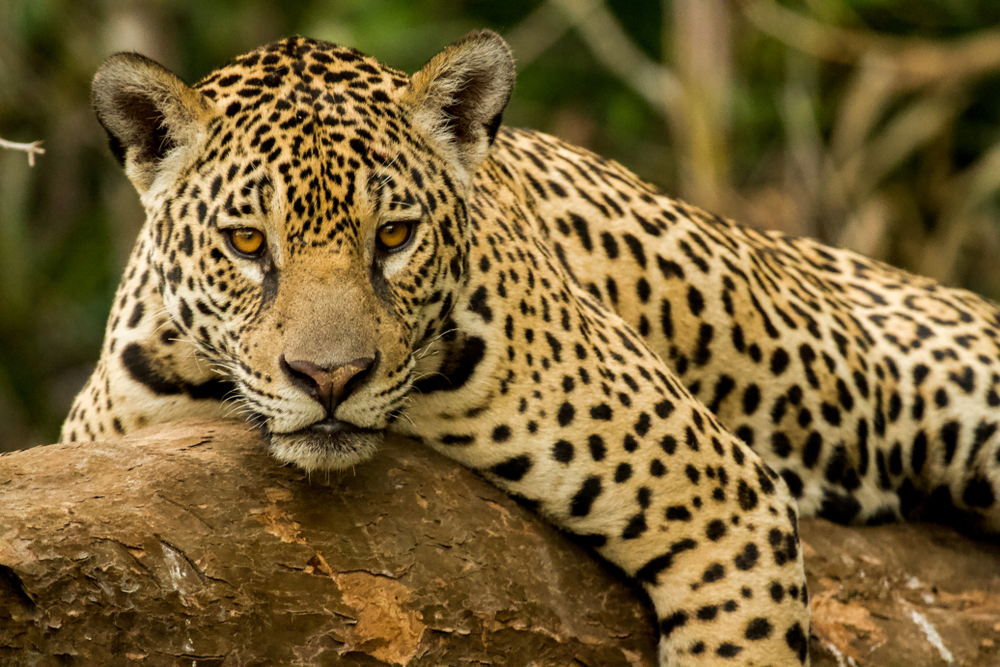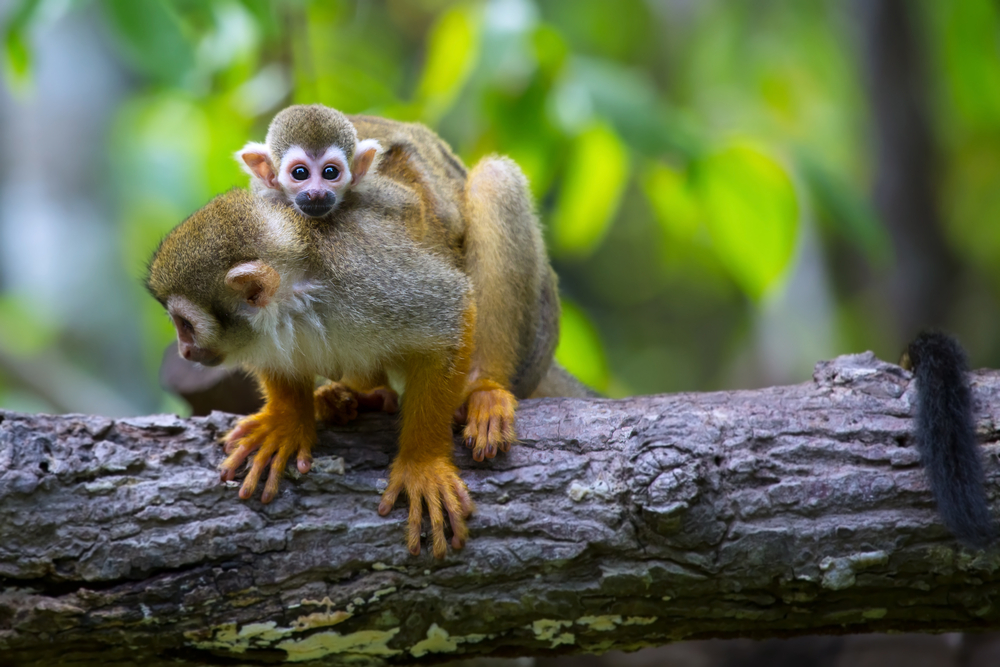Montanhas do Tumucumaque Overview
Tumucumaque Mountains National Park, located in the far north of Brazil, in the states of Amapá and Pará, stands as a monumental testament to the preservation of the Amazon Rainforest, the largest tropical forest in the world. Established in 2002, it spans an immense area of approximately 38,874 square kilometers (about 15,010 square miles), making it the world’s largest tropical forest national park. This vast protected area is part of the Guiana Shield, one of the oldest geological formations on the planet, and it remains largely untouched by modern human activity.
The park’s name, “Tumucumaque,” is derived from the indigenous Tupi language, meaning “the rock on top of the mountain,” a nod to the region’s significant cultural heritage and the majestic mountain ranges that define its landscape. The park encompasses a diverse range of ecosystems, including dense tropical rainforests, vast wetlands, and unique montane and lowland habitats, providing a sanctuary for an incredible variety of plant and animal species.
Tumucumaque Mountains National Park is home to a rich biodiversity, including many endemic and endangered species. It provides critical habitat for jaguars, harpy eagles, giant otters, and several species of primates, among others. The park’s rivers and streams are teeming with life, hosting an array of aquatic species.
Due to its remote location and the Brazilian government’s commitment to its preservation, Tumucumaque remains one of the most pristine wilderness areas in the Amazon Basin. The park plays a crucial role in global conservation efforts, contributing to the protection of the Amazon’s ecological integrity and mitigating the impacts of climate change.
Tumucumaque Mountains National Park represents a significant achievement in environmental preservation, offering a glimpse into the vast, unexplored, and untamed beauty of the Amazon Rainforest. It stands as a beacon of hope for the conservation of one of the planet’s most vital and vibrant ecosystems, safeguarding its treasures for future generations.
Park Map
Sources
- Header Image Source: https://www.gov.br/icmbio/pt-br/assuntos/biodiversidade/unidade-de-conservacao/unidades-de-biomas/amazonia/lista-de-ucs/parna-montanhas-do-tumucumaque

























































































